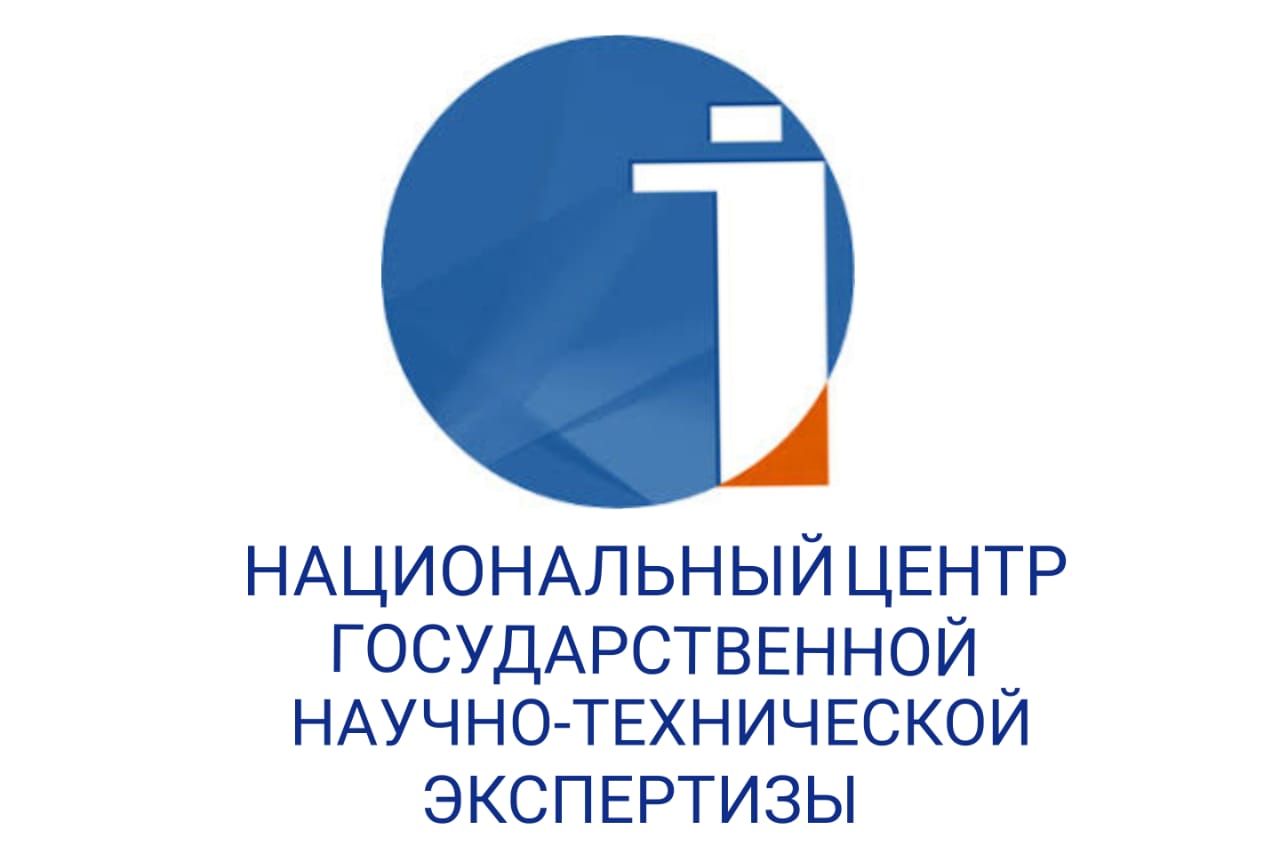A.BAITYRSYNOV'S STRATEGIES FOR TRANSLATING CULTURAL LEXICON IN PUSHKIN'S POETRY
DOI:
https://doi.org/10.48371/PHILS.2025.1.76.026Keywords:
cultural lexicon, cultural information, domestication, foreignization, equivalent translation, translation strategies, original text, translation studies discourseAbstract
In modern translation studies, the examination of how cultural information is reflected in translation is one of the pressing issues. Therefore, this article systematically analyzes the peculiarities of translating the cultural lexicon from A.S. Pushkin’s works into Kazakh by A. Baitursynov. In translation studies, translating the cultural lexicon often involves methods such as domestication, foreignization, transformation, and others. The application of these methods by A. Baitursynov is analyzed based on the views and perspectives of scholars such as I. Davis, L. Venuti, F. Schleiermacher, Cronin, and Sh. Kurmanbayuly.
The article examines A. Baitursynov’s translation experience and the strategies he used to convey the cultural lexicon in Pushkin’s works into Kazakh. This analysis highlights the translator’s creative efforts and innovative approaches. As a result, Baitursynov’s novel linguistic choices, successful adaptations of cultural concepts to fit the national worldview, and unique translation solutions are revealed.
The analysis of translation methods helps identify the factors that contributed to the popularity of Pushkin’s tales among the Kazakh audience. To adapt the lexicon of another culture to the local context, the translator had to find cultural and social equivalents. This process was carried out using culture-oriented translation methods. The study determines the level of domestication and foreignization in the original text. It also explores how the translator preserved the source text's linguistic features, plot, and structure while adapting foreign cultural concepts to the Kazakh worldview and audience. Furthermore, the article provides a cultural analysis of Pushkin’s translated works and identifies the linguistic image of representatives of the Russian linguocultural community. The translator’s methods of influencing the target audience are also examined.
The research employs methods such as description, explanation, systematization, and comparative-typological analysis, which help demonstrate A. Baitursynov’s innovation as a translator.
The findings of this study can be used in translation studies, poetics, Pushkin studies, and specialized translation courses. Additionally, it offers practical recommendations for modern translators working on translating Pushkin’s works into Kazakh.








